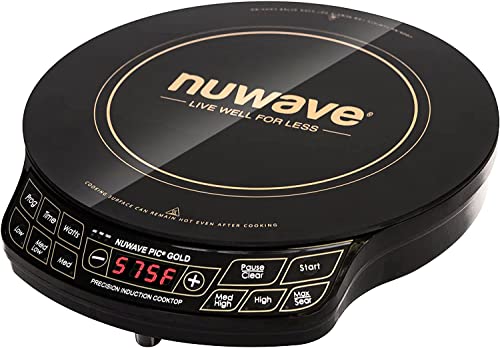DLTooley
Well-known member
Math in the real world isn’t precise. Figuring out your use is the basis for understanding why things are varying in actual use. You can generally find power ratings on the label with every device.
Hdr’s outline is pretty good.
What I am trying to figure out is how to build a system that is upgradeable. Given improving tech that is difficult. Handing down tech to someone just starting is part of the best solution.
Something you want is a way of measuring your actual performance on both the charging and use (load) aspects. Starting small makes the math easier to understand in practice.
Hdr’s outline is pretty good.
What I am trying to figure out is how to build a system that is upgradeable. Given improving tech that is difficult. Handing down tech to someone just starting is part of the best solution.
Something you want is a way of measuring your actual performance on both the charging and use (load) aspects. Starting small makes the math easier to understand in practice.









































































